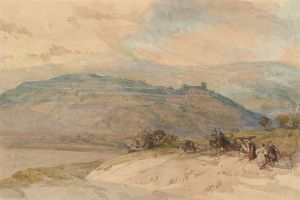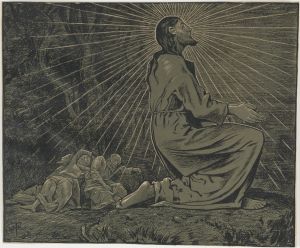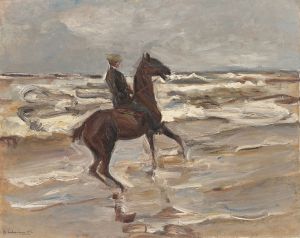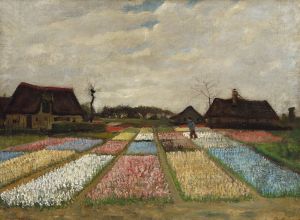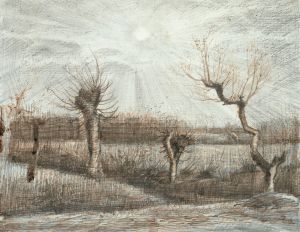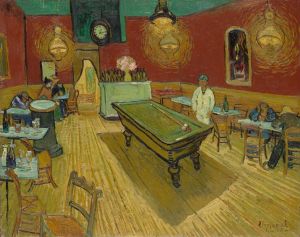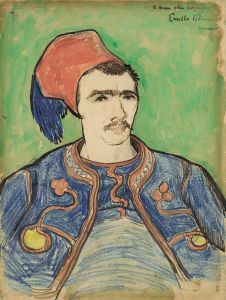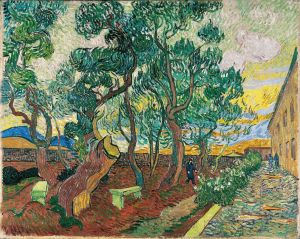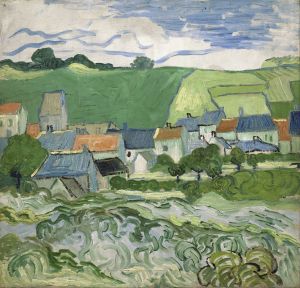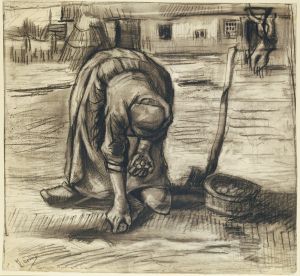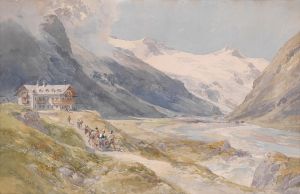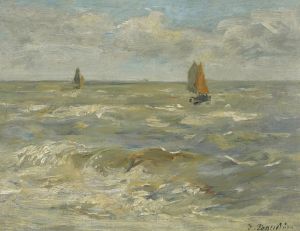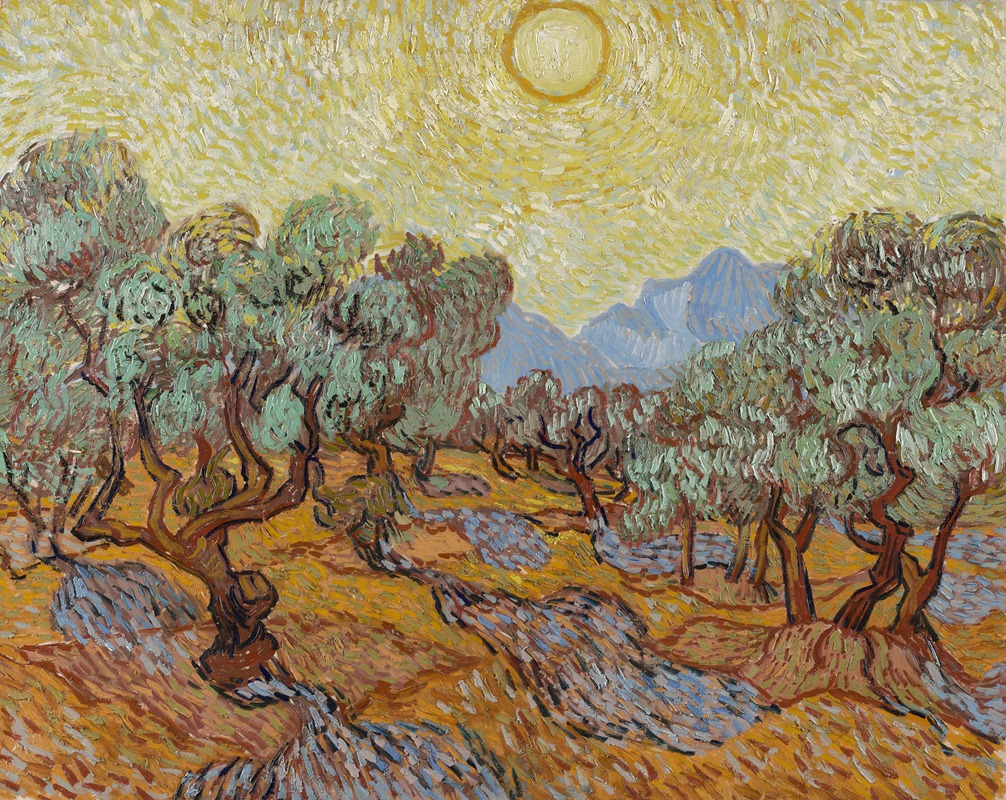
Olive Trees
A hand-painted replica of Vincent van Gogh’s masterpiece Olive Trees, meticulously crafted by professional artists to capture the true essence of the original. Each piece is created with museum-quality canvas and rare mineral pigments, carefully painted by experienced artists with delicate brushstrokes and rich, layered colors to perfectly recreate the texture of the original artwork. Unlike machine-printed reproductions, this hand-painted version brings the painting to life, infused with the artist’s emotions and skill in every stroke. Whether for personal collection or home decoration, it instantly elevates the artistic atmosphere of any space.
"Olive Trees" is a series of paintings created by Dutch Post-Impressionist artist Vincent van Gogh in 1889. These works were produced during Van Gogh's stay at the asylum of Saint-Paul-de-Mausole in Saint-Rémy-de-Provence, France, where he voluntarily admitted himself following a period of mental health struggles. The olive groves surrounding the asylum became a significant source of inspiration for Van Gogh, and he painted them repeatedly, exploring their forms, colors, and textures.
The "Olive Trees" series reflects Van Gogh's fascination with nature and his desire to express the spiritual and emotional resonance he found in the landscape. He painted these works en plein air, directly observing the olive groves, though he often reworked the paintings indoors. The series is characterized by dynamic, swirling brushstrokes, vibrant colors, and a sense of movement that conveys the vitality of the natural world. Van Gogh used a rich palette of greens, yellows, blues, and ochres to depict the trees, the earth, and the sky, creating a vivid and textured representation of the Provençal landscape.
One of the notable works in this series is "The Olive Trees," which is housed in the collection of the Minneapolis Institute of Art. This painting exemplifies Van Gogh's ability to capture the essence of the olive grove with expressive brushwork and bold color contrasts. The trees are rendered with twisting, sinuous forms, and the sky above is filled with rhythmic, undulating patterns, suggesting a connection between the earth and the heavens.
Van Gogh's interest in olive trees was not merely aesthetic; he also associated them with themes of spirituality and resilience. In letters to his brother Theo, he described his admiration for the olive groves and their symbolic significance. The trees, with their ancient and enduring presence, seemed to embody a sense of strength and continuity that resonated with the artist during a challenging period of his life.
The "Olive Trees" series is considered an important part of Van Gogh's body of work, showcasing his innovative approach to color, form, and emotional expression. These paintings are celebrated for their ability to convey both the physical reality and the deeper, spiritual essence of the natural world. Today, various works from the series are held in major museums and private collections around the world, allowing audiences to appreciate Van Gogh's unique vision and artistic legacy.





